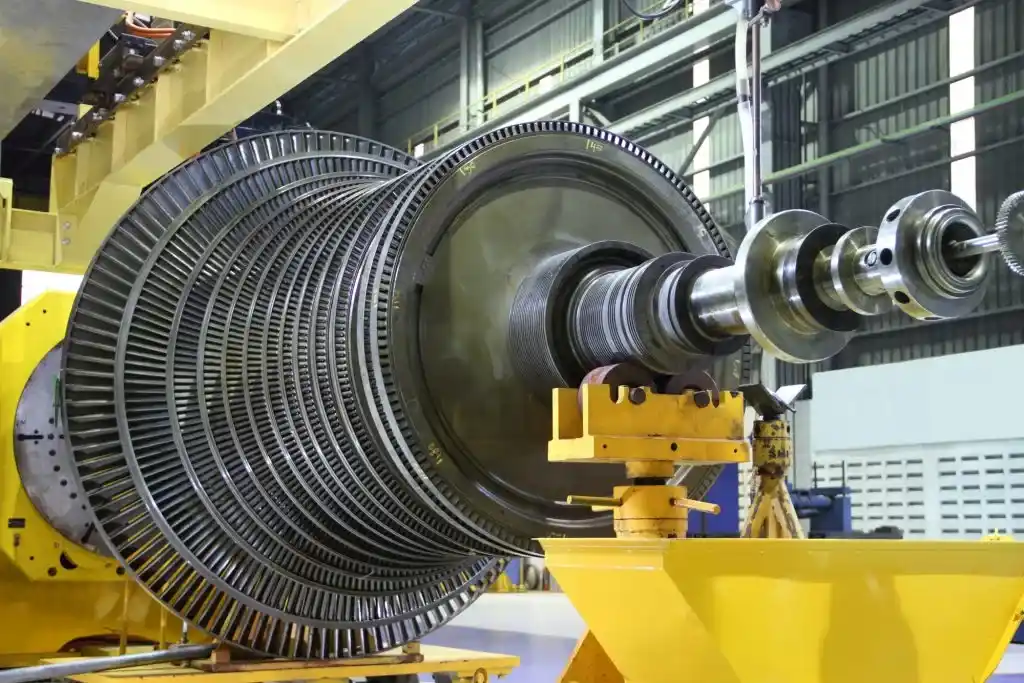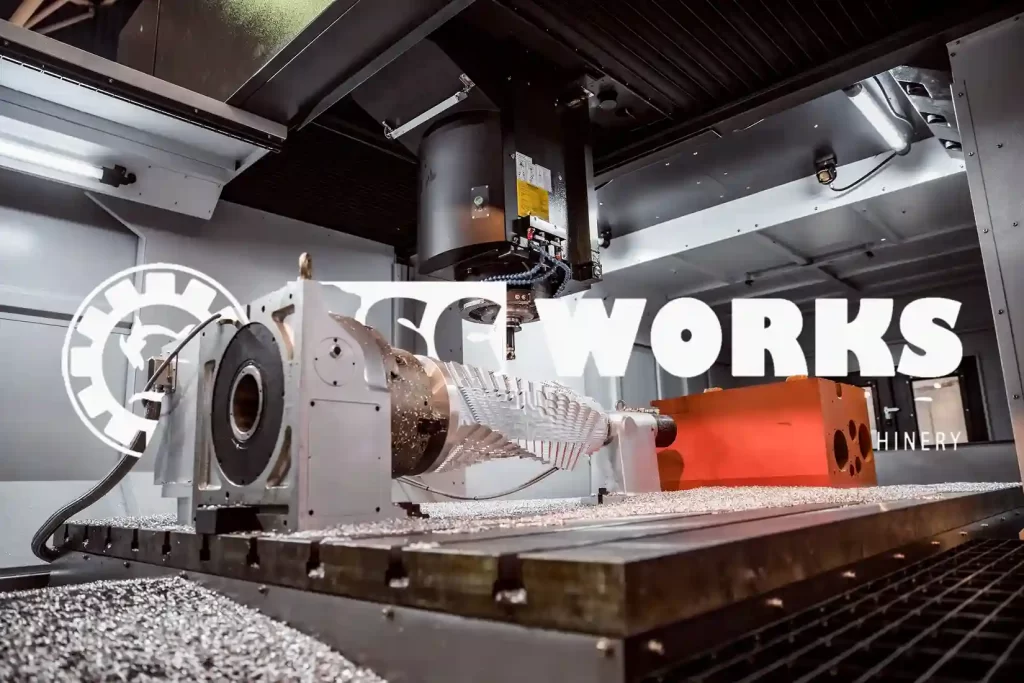What Is Calibration? The Importance of Calibration in Heavy Equipment and Industry
Definition of Calibration
Calibration is the process of comparing the measurement results of an instrument or device with a known, verified standard to ensure its accuracy. In simple terms, calibration ensures that measuring instruments or sensors are working correctly and providing accurate results. This process is essential in various industries, including manufacturing, energy, and heavy equipment maintenance.

Why Is Calibration Important?
Over time, any device or measuring instrument can experience deviations due to constant use, harsh working environments, or age. These deviations can affect the accuracy of measurements, impacting product quality, operational safety, and equipment efficiency.
Here are a few reasons why calibration is crucial:
Measurement Accuracy: Calibration ensures that measuring instruments provide results in line with standards, minimizing errors and improving operational quality.
Compliance with Regulations: Many industries, especially those related to safety and quality, have strict regulations regarding measurement accuracy. Regular calibration ensures compliance with industry standards and government regulations.
Preventing Heavy Equipment Failures: In industries involving heavy machinery like construction or mining, inaccurate readings from hydraulic sensors, tire pressure gauges, or control systems can lead to significant damage and high repair costs. Calibration helps prevent these issues by maintaining the accuracy of all systems.
Operational Efficiency: Proper and regular calibration ensures that equipment operates at optimal levels. This improves efficiency, productivity, and reduces downtime caused by technical errors.
Types of Calibration in the Industry
In the world of heavy equipment and industry, there are several types of calibration depending on the kind of measuring device and equipment being used. Below are some common calibration types:
Mechanical Calibration: Mechanical calibration involves the measurement of devices that operate based on mechanical drives, such as hydraulic pressure, force, or vibration. Heavy equipment like excavators, cranes, and dump trucks often use mechanical systems that require routine calibration to ensure critical parameters work correctly.
Electrical Calibration: Electrical systems in heavy machinery, such as voltage meters or temperature sensors, require calibration to ensure accurate data readings. Errors in electrical systems can lead to equipment malfunction and, in some cases, endanger worker safety.
Dimensional Calibration: Dimensional calibration focuses on the measurement of physical dimensions, such as length, width, and thickness. This is often done on heavy equipment components during repairs or when manufacturing new parts. Dimensional accuracy in calibration is crucial to ensuring that the components meet the necessary specifications.

The Calibration Process: How Is It Done?
The calibration process can vary depending on the device being calibrated and the standards used. However, the general calibration procedure includes the following steps:
Preparation of Instruments and Standards: Before calibration begins, the device being calibrated and the reference standard must be prepared. The reference standard is usually stored in an accredited lab, and the device should be cleaned and ready for measurement.
Initial Measurement: The instrument or device is tested against the reference standard to determine any discrepancies between the device’s measurements and the known standard. Any deviations are recorded for adjustment.
Adjusting the Device: If deviations are found during the initial measurement, the device is adjusted or recalibrated to achieve the required accuracy level. This adjustment depends on the instrument and the complexity of the device.
Verification of Results: After adjustments, the device is retested to ensure that its measurements now align with the standard. This step is critical to confirm that the calibration was successful.
Documentation: Once the process is complete, the calibration results are documented, typically in the form of a calibration certificate, which lists measurement details, deviations found, and the date and technician who performed the calibration.
When Should Calibration Be Done?
The frequency of calibration depends on factors like the type of instrument, the working environment, and how often the device is used. Here are some general recommendations:
Regular Intervals: Many companies choose to perform calibration at regular intervals, such as every 6 months or annually, depending on the type of equipment and industry regulations.
After Repairs: Heavy equipment that has undergone major repairs, such as component replacement or overhaul, should be recalibrated to ensure all systems function correctly.
After a Major Incident: If major damage or performance issues occur, calibration should be done to determine the cause of the problem and ensure the equipment operates according to specifications.
Common Causes of Recalibration
Here are some common reasons why heavy equipment often requires recalibration:
Continuous Use: Over time, heavy usage can cause deviations in measurement. Recalibration is needed to restore the accuracy of measuring instruments.
Extreme Working Conditions: Equipment operating in extreme environments—such as high temperatures, high humidity, or heavy vibrations—is more prone to measurement deviations and may require more frequent calibration.
Component Replacement: When key components in a heavy machine are replaced, the system may no longer be properly calibrated and will need to be recalibrated.
Physical Damage to Instruments: If measuring instruments or sensors experience physical damage, this can affect their accuracy and require recalibration.
Heavy Equipment That Frequently Requires Calibration
Several types of heavy equipment frequently require regular calibration to ensure safe and efficient operations, including:
Excavators: Excavators need calibration on their hydraulic systems, load sensors, and machine monitoring systems to maintain productivity.
Bulldozers: This equipment requires calibration for tire pressure systems and hydraulic sensors.
Cranes: For safety reasons, cranes require regular calibration on lifting systems, load sensors, and electronic control systems.
Calibration is a critical part of heavy equipment maintenance that should never be overlooked. SSC Works provides professional calibration services to ensure your equipment operates with optimal accuracy and efficiency. Contact us today to schedule your heavy machinery calibration and ensure all systems are performing to industry standards.

